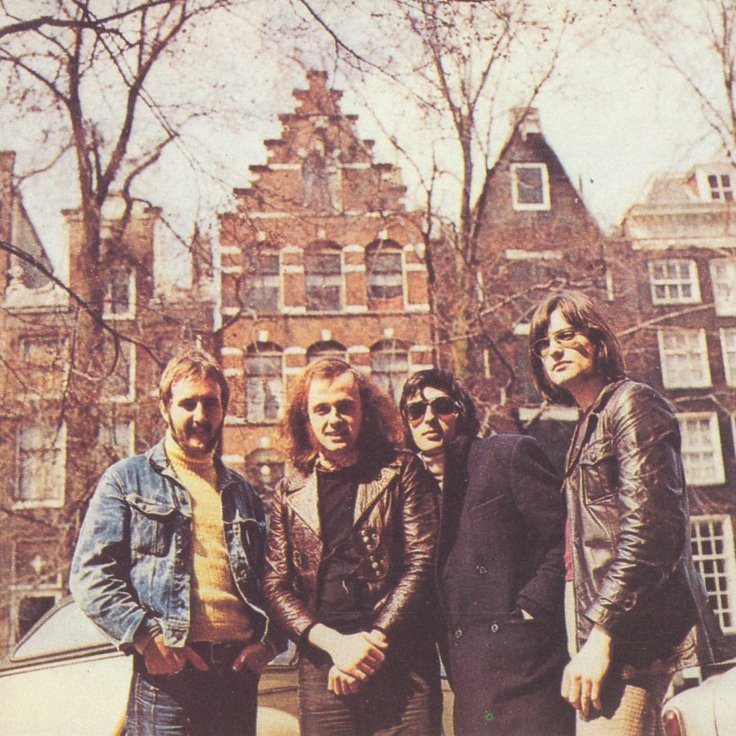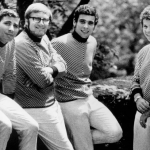“Hocus Pocus” – Focus

“Hocus Pocus” by Focus: A Prog Rock Masterpiece
In the realm of progressive rock, few songs stand out as distinctly and energetically as “Hocus Pocus” by the Dutch band Focus. Released in 1971 on their album “Moving Waves,” this track has become iconic for its unique blend of rock, classical, and jazz elements, combined with virtuosic musicianship and playful experimentation. “Hocus Pocus” captures the essence of what makes progressive rock a fascinating and boundary-pushing genre.
The Band: Focus
Focus, formed in 1969 in Amsterdam, was known for their instrumental prowess and eclectic style. The band consisted of Thijs van Leer (keyboards, flute, vocals), Jan Akkerman (guitar), Cyril Havermans (bass), and Pierre van der Linden (drums). Their ability to blend various musical influences set them apart from other bands of the era, and “Hocus Pocus” exemplifies their innovative approach.

The Song: “Hocus Pocus”
“Hocus Pocus” is characterized by its unconventional structure and energetic performance. Unlike typical rock songs with standard verse-chorus formats, “Hocus Pocus” is built around alternating sections of hard rock guitar riffs and whimsical, unexpected interludes featuring yodeling, accordion-like keyboard passages, and flute solos. The song’s dynamic shifts and rapid changes in tempo and style create a sense of excitement and unpredictability.

Key Elements and Structure
- Opening Riff: The song begins with a powerful, driving guitar riff by Jan Akkerman, immediately grabbing the listener’s attention. This riff serves as the backbone of the song, recurring throughout and providing a cohesive anchor amidst the eclectic shifts.
- Yodeling and Vocals: Thijs van Leer’s yodeling is one of the most distinctive features of “Hocus Pocus.” His playful and virtuosic vocalizations add a humorous and surreal quality to the track, showcasing the band’s willingness to push the boundaries of conventional rock music.
- Instrumental Solos: The song features impressive solos from each band member, highlighting their technical skills. Jan Akkerman’s guitar solos are particularly noteworthy for their speed and precision, while van Leer’s flute and keyboard solos add a layer of complexity and variety.
- Dynamic Shifts: “Hocus Pocus” is marked by sudden changes in dynamics, from the heavy, hard-hitting guitar sections to the lighter, whimsical interludes. These shifts keep the listener engaged and contribute to the song’s unique character.

Chart Success and Legacy
“Hocus Pocus” achieved considerable success upon its release, reaching No. 9 on the UK Singles Chart and No. 9 on the US Billboard Hot 100 in 1973, after its re-release. The song’s popularity was a testament to its broad appeal, transcending the niche of progressive rock to reach a wider audience.
Over the years, “Hocus Pocus” has maintained its status as a classic, frequently featured in media and covered by various artists. Its inclusion in films, commercials, and TV shows has introduced new generations to its infectious energy and inventive style.

Conclusion
“Hocus Pocus” by Focus is more than just a progressive rock track; it is a celebration of musical creativity and virtuosity. Its blend of rock intensity, classical influence, and playful experimentation captures the spirit of the early 1970s music scene, where artists were unafraid to break the mold and explore new sonic territories. The song remains a testament to Focus’s unique artistry and continues to captivate listeners with its exhilarating and unpredictable journey through sound.












